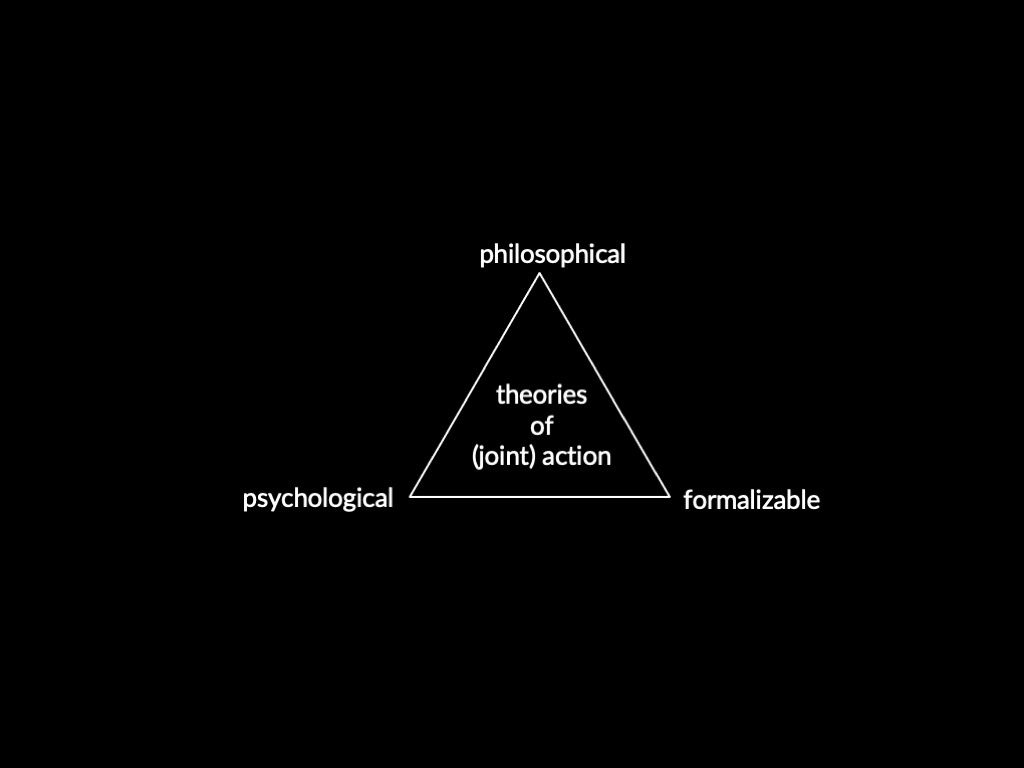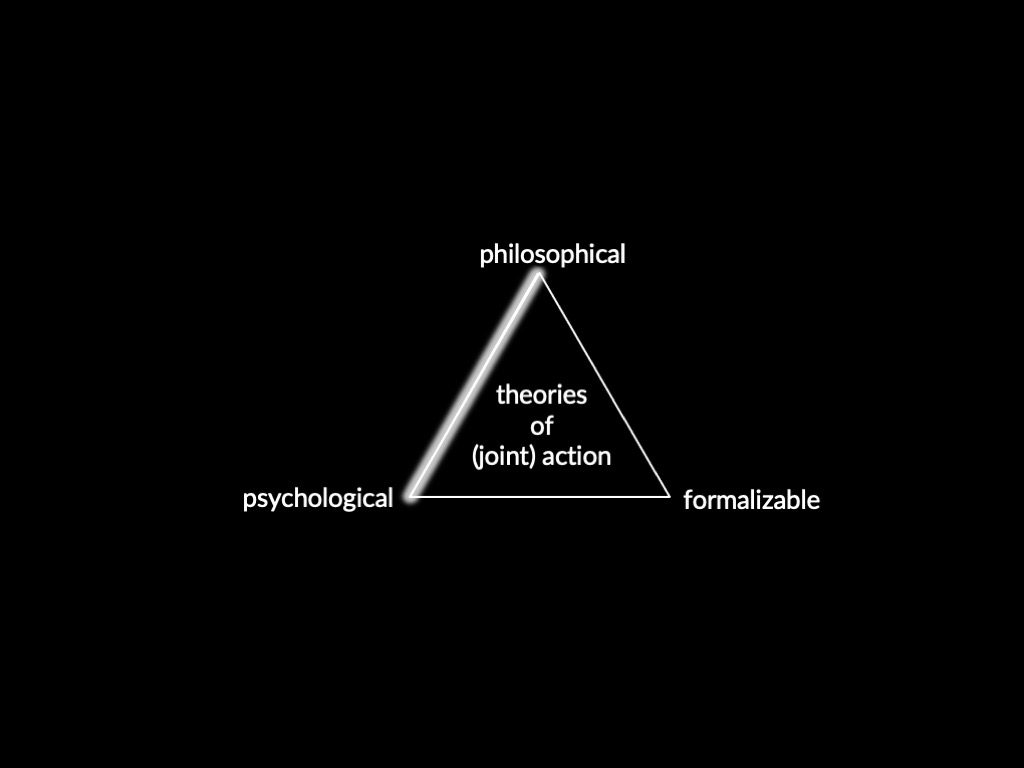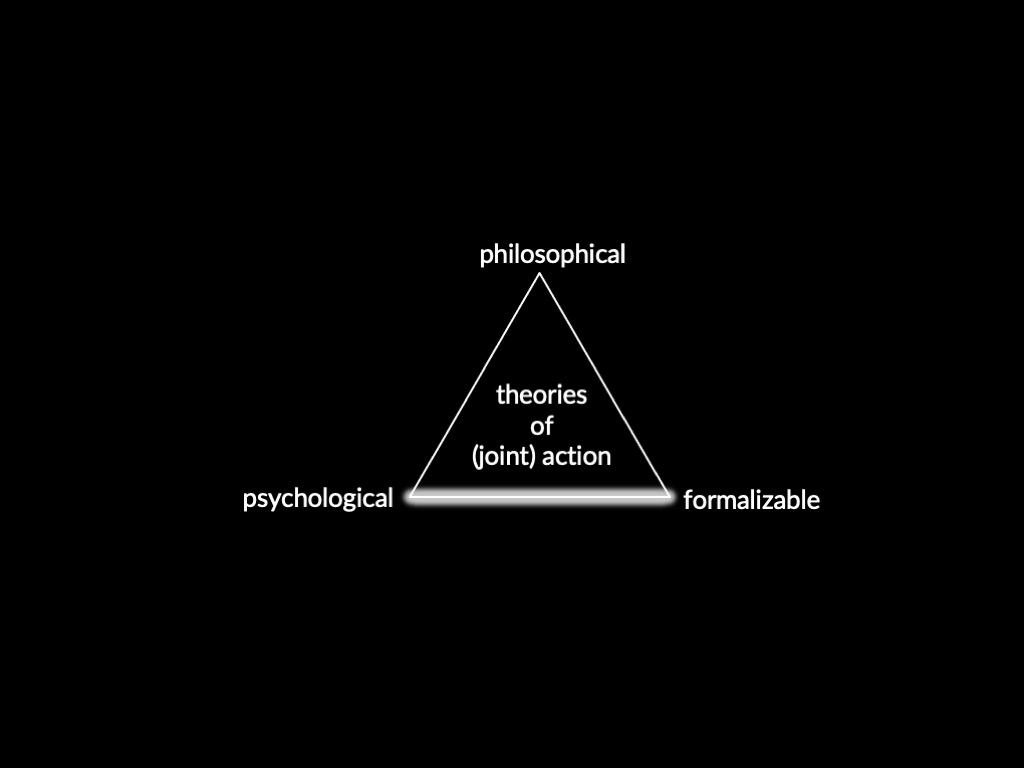Click here and press the right key for the next slide.
(This may not work on mobile or ipad. You can try using chrome or firefox, but even that may fail. Sorry.)
also ...
Press the left key to go backwards (or swipe right)
Press n to toggle whether notes are shown (or add '?notes' to the url before the #)
Press m or double tap to slide thumbnails (menu)
Press ? at any time to show the keyboard shortcuts
Conclusion

conclusion
What decision theory is
and how it’s construed.
Why we need an anchor for belief and desire,
and the difficulty of combining decision theory with the existence of both habitual and goal-directed processes.



the two arguments
first argument (inconsistent set of claims)
2. Decision theory provides an ‘elucidation of the notions of subjective probability and subjective desirability or utility’ (Jeffrey, 1983, p. xi).
3. The notions elucidated are those of belief and desire, which also feature in the model of goal-directed processes.
4. Some instrumental actions are dominated by habitual processes.
5. Habitual and goal-directed processes can pull in opposing directions.
second argument
Problem: how to characterize the goal-directed process such that we can generate action predictions.
Candidate solution: the goal-directed process is the computation of expected utility.
Objection: the goal-directed process does not compute expected utiltiy.
Illustration: Ellsberg Paradox
next steps
challenge
Discover why people act,
individually and jointly.